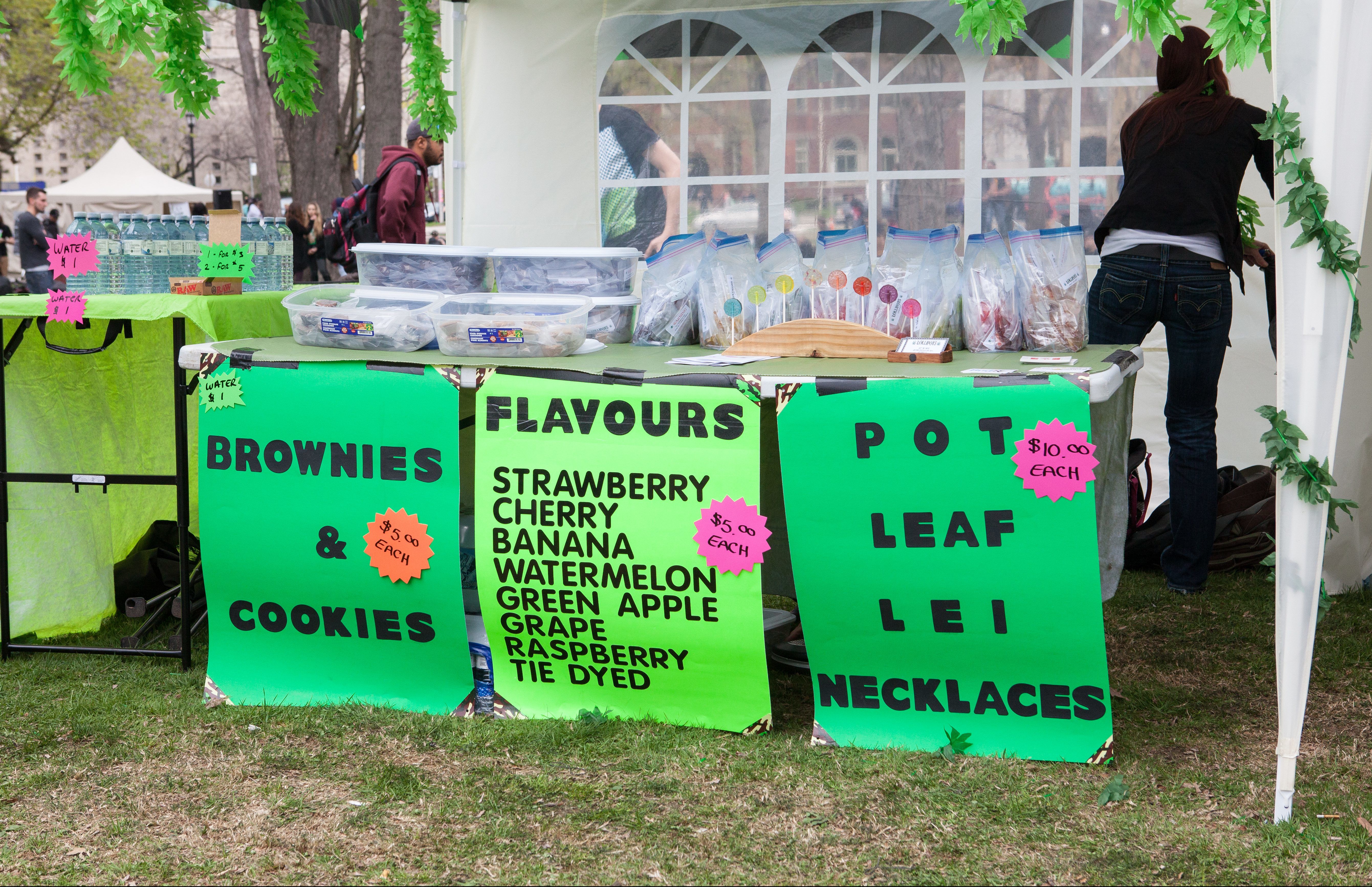Like it or not, marijuana legalization is headed for Canada in 2018.
How the general population will purchase that marijuana has been a matter of some speculation but over the past month, some of the smoke has begun to clear. Provinces will have the power to determine the method of distribution and sale, taxation, and the legal age for cannabis use, and some have started to make their move.
In early September Ontario became the first province to act after the provincial government announced plans to have eventually up to 150 government-run shops selling marijuana, starting next July.
Although the federal government has set the age minimum at 18, the Ontario government has decided to go a step further and push the minimum limit for recreational use to 19. Oversight at the Ontario locations is going to be handled by the same company that handles the government’s liquor stores – the LCBO. But don’t expect to do any all-in-one shopping, as liquor and marijuana will not be sold out of the same location.
Shortly after the Ontario announcement, New Brunswick’s Finance Minister revealed that their government plans to set up a crown corporation to deal with the sale of recreational marijuana. To tackle the supply side of the equation, the government has signed a deal with a pair of licensed medical producers who will supply a minimum of five million grams per year.
On Oct. 4, Alberta said they’re going to start selling recreational marijuana using specialized stores, which, like Ontario, won’t be allowed to sell booze, tobacco or pharmaceuticals. Unlike Ontario, Alberta has opted to stick with the federal age limit of 18…
Quebec still hasn’t announced whether they’ll follow Ontario’s lead and sell through their own liquor licensing board, although there has been much much speculation that they might take that route. They have set the minimum age at 18.
Media reports indicate Quebec might ban growing at home. The federal government has said they have no problem with members of the public growing up to four cannabis plants per residence, regardless of the number of persons living there, as long as they don’t get any taller than one metre in height.
The remainder of the provinces are still in the process of crafting a framework regarding who will sell marijuana and how they will do it. At a meeting in Edmonton in July, the premiers said if they can’t figure out issues like taxation, public safety, and education, they will ask the Prime Minister to put legalization on hold until they have everything in place. The premiers are set to report back to the federal government on their rate of progress by Nov. 1, but they might not find much wiggle room coming from Ottawa, as Justin Trudeau has said he intends to stick to his timetable.


